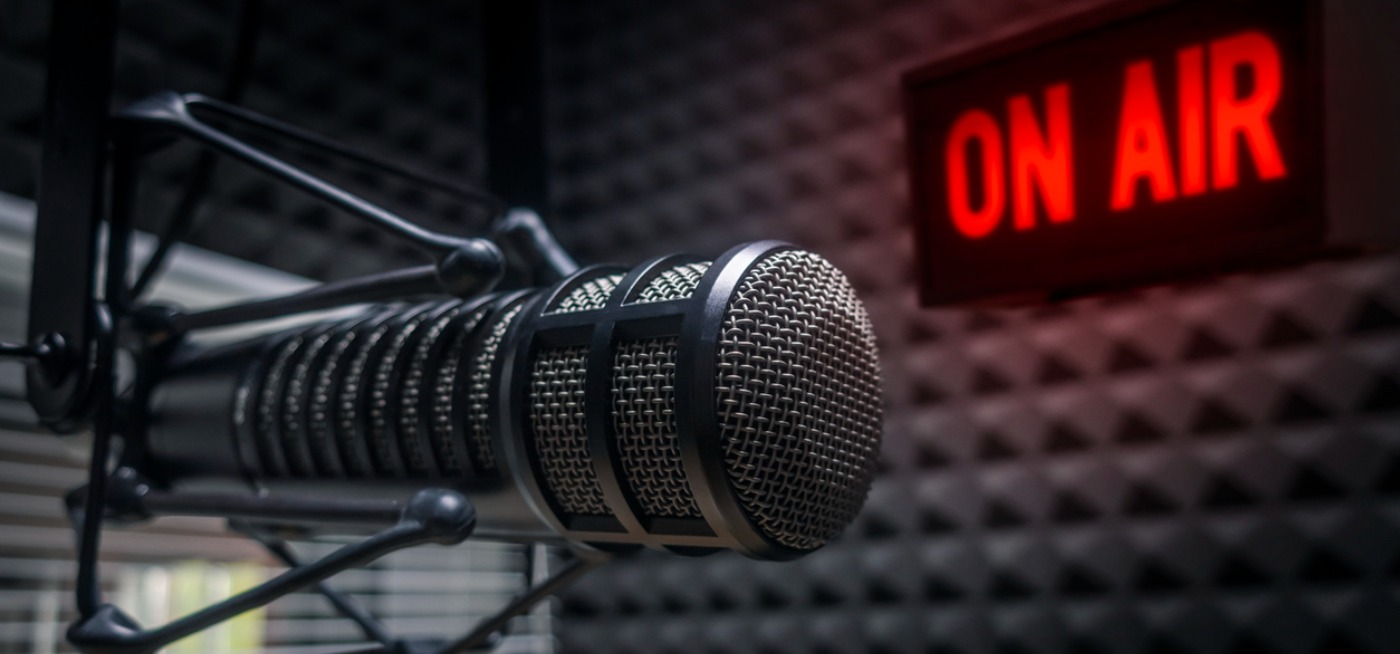Maximizing ROI on Radio Ad Campaigns

In an era dominated by digital marketing, radio advertising may seem like a relic from the past. However, this age-old medium still holds significant potential for businesses looking to reach a diverse and engaged audience. To maximize the return on investment (ROI) from radio ad campaigns, it's essential to understand the unique strengths of this medium and adopt a strategic approach. In this article, we'll explore the key factors that can help you make the most of your radio ad campaigns and achieve a higher ROI.
The Resilience of Radio
Radio has been a mainstay in the advertising world for nearly a century, and it's not going anywhere anytime soon. It has proved its resilience by adapting to the changing media landscape. According to Nielsen's Audio Today Report, over 90% of adults in the United States still tune in to the radio every week. This enduring popularity is a testament to the medium's unique ability to connect with local communities and deliver content tailored to specific demographics.
Understanding Your Target Audience
The foundation of any successful radio ad campaign is a deep understanding of your target audience. The more you know about your potential customers, their interests, behaviors, and preferences, the more effectively you can tailor your message. Radio allows you to choose from a wide range of formats and genres, making it easier to reach niche audiences. Conduct thorough market research and utilize data analytics tools to pinpoint the best radio stations and time slots for your target demographic.
Crafting Compelling Messages
Once you've identified your target audience, it's time to craft a compelling message that resonates with them. Radio advertising offers a unique opportunity to tell a story and create an emotional connection with your audience. Unlike some other advertising mediums, radio listeners often have a personal and intimate relationship with their favorite stations and hosts. Use this to your advantage by creating ads that speak directly to the listener and offer a solution to their needs or problems.
Timing Is Everything
In radio advertising, timing is crucial. Different times of the day attract varying demographics, and your ad's effectiveness can be greatly influenced by when it airs. Consider factors such as morning drive time, lunch hours, and evening prime time when scheduling your ads. Also, think about seasonality and special events that may impact your target audience's listening habits. A well-timed ad can significantly increase its ROI.
Utilizing the Power of Repetition
One of the strengths of radio advertising is its repetitive nature. By airing your ad multiple times, you reinforce your message and increase the likelihood of it sticking in the minds of listeners. Create a consistent schedule for your ads and ensure they air frequently enough to build brand recognition without becoming annoying. Remember, repetition is a powerful tool in advertising, but striking the right balance is key.
Leveraging Cross-Promotion
Collaboration with radio stations and personalities can amplify the reach and effectiveness of your ad campaign. Explore opportunities for cross-promotion, such as having radio hosts endorse your product or service. Their credibility and connection with the audience can significantly boost your campaign's ROI. Make sure to establish clear goals and expectations when engaging in cross-promotional activities.
Tracking and Measuring Results
To maximize ROI on radio ad campaigns, you need to track and measure the results meticulously. Use call tracking, custom URLs, promo codes, or dedicated landing pages to monitor the response generated by your radio ads. Analyze the data regularly to understand which aspects of your campaign are working and where adjustments are needed. This data-driven approach allows you to allocate your budget more effectively and make informed decisions.
Integration with Other Marketing Channels
Radio advertising should not operate in isolation. To maximize ROI, integrate your radio ad campaigns with other marketing channels, both online and offline. Cross-promote your radio ads on social media, your website, and through email marketing. Create a cohesive brand message across all channels to reinforce your campaign's impact.
Optimizing Cost Efficiency
Radio advertising can be cost-effective, but it's essential to optimize your spending. Negotiate with radio stations for the best rates, and consider bundling multiple ad slots for better deals. Monitor your ad's performance closely and adjust your budget allocation based on ROI. Over time, you'll be able to fine-tune your strategy to maximize cost efficiency.
Adapting to Technological Changes
While radio remains a strong advertising medium, it has evolved with technology. Consider new digital options within the radio space, such as streaming services and podcasts. These platforms offer additional opportunities to reach your target audience and can complement your traditional radio ad campaign.
Conclusion
Radio advertising continues to be a valuable tool for businesses seeking to connect with their audience and maximize ROI. By understanding your target audience, crafting compelling messages, timing your ads strategically, utilizing repetition, leveraging cross-promotion, tracking results, and integrating with other marketing channels, you can ensure your radio ad campaigns deliver the best possible return on investment. As technology evolves, radio adapts, offering new avenues for reaching your audience effectively. Embrace the enduring power of radio advertising and watch your ROI grow.
